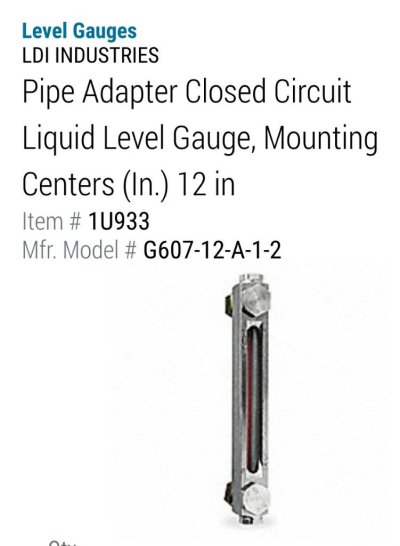jbloyd
Veteran Member
On my Defever 44, the two side tanks have sight tubes that each have a gate valve at the top and bottom. I've had the boat for about a month and the weather has been foul when any captains have been available to do drivers ed so I've been doing chores/maintenance. The first thing I did before starting the trip to home port (under supervision) was to fill the tanks. Recently, I closed the valves to the sight tubes. Yesterday I happened to glance at the sight tube on the port tank and noticed it showed less than half a tank. Check stb and it showed full. The port lower gate valve had some diesel on the handle (not dripping) but no showing of diesel in the bilge. Opened both port valves and the sight tube filled again to full. Closed valves. I'll check again in a few days. Maybe there's a slow leak in the tube junction. I'll find it. My question is, why are gate valves used at all? Isn't that a violation of best practices for fuel valves? Should I consider changing them out for ball valves when I can (I know, it's got 300 gallons of fuel sitting on it with nowhere to go)?




